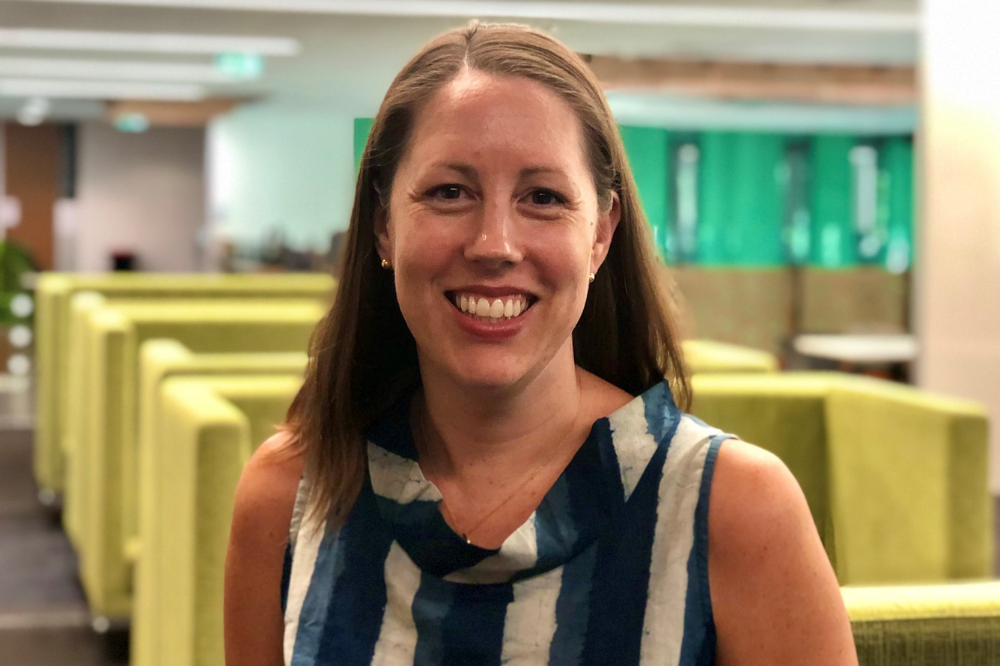
A growing body of international research shows that learning a second language can improve problem-solving, critical-thinking, and listening skills, as well as a host of others. Indeed, young people who are proficient in other languages also show signs of enhanced creativity and mental flexibility.
However, for students who don’t already speak English as a first language, learning a second language can be an uphill battle.
According to the Centre for Aboriginal Policy Research fellow, Inge Kral, languages other than English have complex ways of conveying meaning, including language, sign, gesture and gaze, special speech styles and registers, non-verbal communication and the iconic representations found in body painting, carved designs and sand drawings.
Some experts are concerned that Australia’s school system – and the way it assesses students – does not recognise this. One of them is Dr Carly Steele, a Lecturer and early career researcher in the School of Education at Curtin University in Perth.
In 2021, she completed her PhD at the University of Melbourne in 2021 which explored the role of language awareness and the use of constrastive analysis for teaching English as a first language or dialect to Indigenous students in primary school classrooms.
Dr Steele says rather than adequately recognising Aboriginal students’ worldviews or knowledge, the education system measures Aboriginal students according to white language and cultural systems.
Australia’s school system – and the way it assesses students – does not recognise this.
Below, The Educator speaks to Dr Steele about her own research into this area and what can be done to create a more equitable system of assessment for all young people.
TE: How are current school assessment practices 'unfair'?
Current school assessment practices are unfair because they are English only and privilege written forms of communication. Using the example of a bilingual child who speaks two languages. If judged in each of these languages separately, their knowledge could be considered deficient. Therefore, the assessment doesn’t give a true indication of what the student knows. Current assessment practices also favour written forms. For example, a student’s ability to produce a Western style narrative or persuasive text is a key measure of academic success in the present schooling system. But this is only one mode and style of communication, students from other language backgrounds use diverse modes of communication to express themselves.
TE: How can we make assessment fairer for all?
We can make assessment fairer by allowing students to use other languages to demonstrate their skills and knowledge. Some would argue that teachers would not be able to understand what students are saying. We argue that it provides teachers with an opportunity to engage in meaningful dialogue with children to learn about their social, linguistic and cultural backgrounds. This will help teachers to see what these students are capable of in their own language/s. This is a translanguaging approach to learning. We also need to expand the methods of assessment beyond dominant written forms. Students from other cultural backgrounds, including many First Nations children use a range of modes of communication, including verbal language and forms of non-verbal communication including signs, gestures, drawings and symbols.
TE: What is ‘translanguaging’ and why is it important for it to be used in the classroom?
“Translanguaging" is a term used to describe the ways individuals will use all their available meaning-making resources to communicate - such as signs and languages. In a classroom that uses a translanguaging approach to learning, this practice is not only allowed, but actively valued. Some people confuse the messaging of translanguaging and say that English is necessary for success in society. We are not suggesting that students are not taught English, of course, learning a new language is a wonderful thing. We are suggesting that the best way of teaching English is through an approach that recognises and values students’ first language/s by using these languages as a knowledge base to build upon.
TE: What were other important findings of your recent research in this area?
The main message that I would like to drive home is that children are highly skilled language users. They employ multiple modes of communication with purpose and creativity. Inge Kral and her colleagues (2019) provide a great example of this in their research where a group of young First Nations women used ipads to tell traditional sand stories using their fingers on the screen which they recorded into film. These films were highly innovative as they mixed traditional icons with contemporary symbols. Why can’t these creative practices be used and valued in schools and in assessment?


